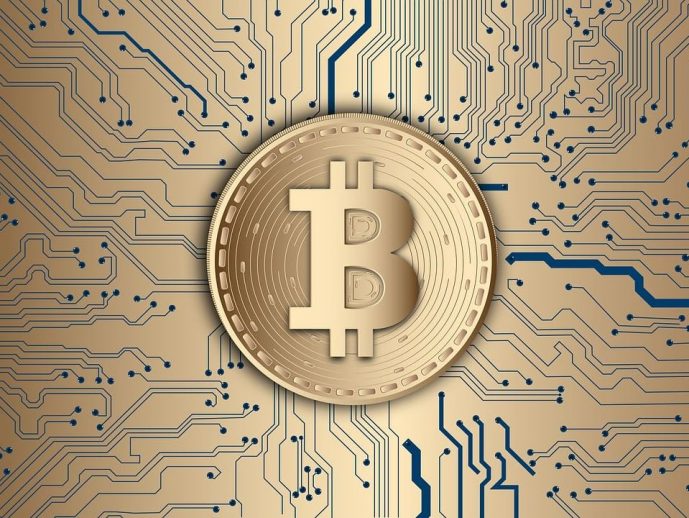Categories more
- Adventures (17)
- Arts / Collectables (15)
- Automotive (37)
- Aviation (11)
- Bath, Body, & Health (77)
- Children (6)
- Cigars / Spirits (32)
- Cuisine (16)
- Design/Architecture (22)
- Electronics (13)
- Entertainment (4)
- Event Planning (5)
- Fashion (46)
- Finance (9)
- Gifts / Misc (6)
- Home Decor (45)
- Jewelry (41)
- Pets (3)
- Philanthropy (1)
- Real Estate (16)
- Services (23)
- Sports / Golf (14)
- Vacation / Travel (60)
- Watches / Pens (15)
- Wines / Vines (24)
- Yachting / Boating (17)
Features of the Bitcoin Core API
Published
06/25/2024Introduction
In the web universe, various systems constantly communicate with each other, and a tool such as the API (Application Programming Interface) plays an important role in this communication. There are several definitions of API, but the most important thing that users should understand is that without this technology not a single IT product would exist. In our daily lives, each of us uses the interfaces when communicating with applications. When it comes to communication between one program and another, the API interface comes to the fore. This technology allows programmers to create entire chains of programs, putting them together like a puzzle and making them work as a single whole.
With the advent of blockchain technology, the API did not lose its position, but acquired new functions, making it possible to obtain data about network blocks, ongoing transactions and various addresses. API tools function in all blockchain networks, both in the Mainnet and Testnet options. Those companies that create their projects on the blockchain tend to resort to the services of appropriate providers to obtain a fast, safe and reliable blockchain api.
Node Configuration
As noted above, almost all the different web 3 projects cannot be implemented on the blockchain without using the API. In this regard, we can recall the very first crypto wallet Bitcoin Core, which was published in 2009. It has a fairly large and wide API, with which you can implement many functions: for example, create a service as a payment gateway, make integration, as a means of payment, etc. At the same time, the API that represents Bitcoin is essentially an ordinary Jason RPC with which the network node and user application communicate using the http protocol.
In order to “unlock” the entire Bitcoin Core API, that is, start using it, you need to correctly configure the node. In general, a node is configured in the home folder of the Bitcoin network, and the “...bitcoin.conf” file itself is a regular configuration file. If the user wants to work only on the test network, then the corresponding designation - “test net 1” must be specified in this file. The “server 1” flag activates http, through which communication occurs between nodes or applications. It should be noted that without specifying “server 1”, access to the API will not occur by default. The “RPC user” mark indicates the RPC through which authorization will occur. In addition, the file indicates the numbers of nodes of a certain subnet, for example, a corporate one, which can access the user’s node.
Network Communication Layer
This method of communicating with other nodes is used quite often, but it is not the only one. For example, you can use the TCP level, that is, ensure the transmission of the transport protocol itself on which Bitcoin Core nodes communicate, and provide a network level for such communication. Such communication is an advantage for cryptocurrency pools. Let's remember that in order to receive information about new blocks in a node, you must constantly send a request to it. Each such the request must be sent with a certain frequency, let's say 1 time per second. If you connect directly to the network, you can receive information about new blocks almost instantly, within half a second or even 200 milliseconds. This is a significant indicator for cryptocurrency pools, since we are talking about one pool being able to succeed, catch a new block faster than other pools and make its profit.
Bitcoin has quite a few types of Bitcoin Improvement Proposals (BIPs), one of which is BIP 0070, which deals with how integration as a means of payment should be implemented. For example, at the first stage there is some kind of online store selling kitchen appliances. The buyer places an order and clicks on the button to generate a request related to the terms of payment. The request goes to the trading server, which then sends it to the validation stage in the Bitcoin Core network. After this the server generates to the client a message from the address to which funds need to be transferred and the transfer amount. The client pays for the order and sends the transaction to the network. Important note: the server generates a new address for each order. Since each order contains a unique Bitcoin address, it is very easy to check whether the payment was actually made.
A similar payment scheme is a standard scheme for Bitcoin Core, although payment system options in another networks may vary. For example, most exchanges only issue reusable addresses, which, in fact, is not very good. Ultimately, any user should be able to choose which scheme he can use - with one-time or reusable addresses.















